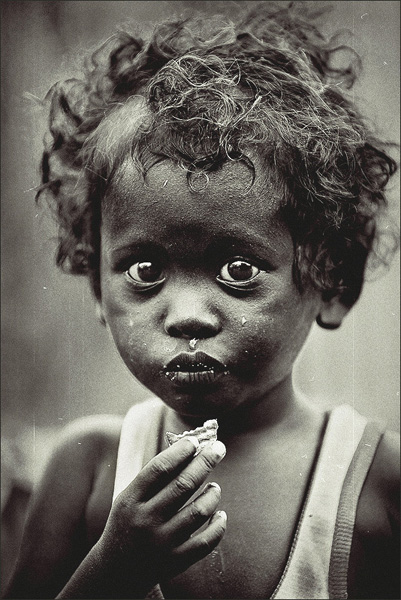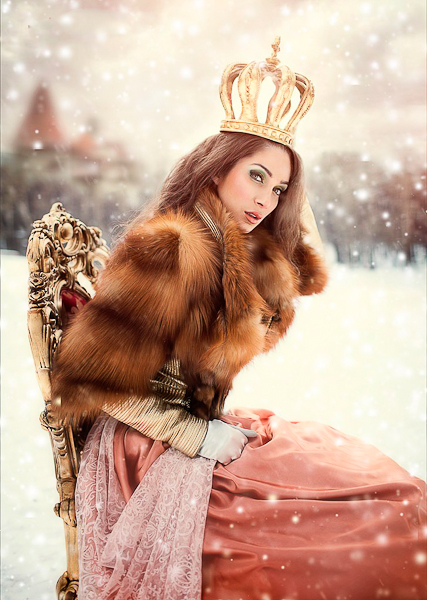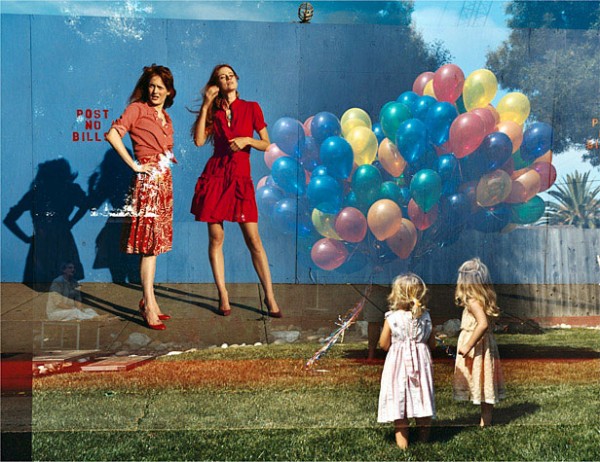ART PHOTO OF VLADIMIR SELEZNYEV
 Photos of Vladimir Seleznev demonstrate an unusual approach to the creative process – it does not capture an interesting moment, but creates from everything that it sees around, a static plot without a moment, built on the geometry of the forms and the interrelation of colors, giving each viewer the opportunity to interpret the image for themselves.
Photos of Vladimir Seleznev demonstrate an unusual approach to the creative process – it does not capture an interesting moment, but creates from everything that it sees around, a static plot without a moment, built on the geometry of the forms and the interrelation of colors, giving each viewer the opportunity to interpret the image for themselves.
– Vladimir, hello! Please tell us how you discovered the world of photography and how long ago did you start photographing?
– I started taking pictures nine or ten years ago. It happened rather by accident – I just took the old grandfather FED (which he taught to shoot me as a child) and began to experiment. I liked that, unlike a soapbox, all parameters could be adjusted manually and, as far as possible, controlled the result. Then I realized that the photos can be not only bright and sharp, but also unusual, interesting. Then, unexpectedly, I won a student interuniversity contest “Stop the moment …” and got involved.
Always, since childhood, I liked to create something with my own hands – to draw, sculpt, cut, even embroider. In my youth I was fond of playing the guitar, but nature, unfortunately (or fortunately) did not endow me with a musical ear. Drawing – which I loved so much all my life, and to this day I am more than indifferent to painting – was also hard for me, like all actions related to fine motor skills. A photo is what you need. Nothing to do yourself, just see and press the button. This is for me.
– Have you studied photography yourself or professionally?
– I have never completed any courses or schools related to photo art or art in general. I have a pedagogical education and in the table there is not a defended PhD thesis on the methods of teaching French.
I have been doing this all my life until the moment of the choice between work and a hobby, which interfered with this work, came. I chose the latter. I hope not in vain.
– Which genre of photography is most interesting to you?
– In general, I am rather skeptical about the division of photography into genres. It is important for the commercial photo industry (as a field of application), for photo sites, photobanks, photo contests (which section / nomination to submit), but not for artistic photography. After all, photographs are divided into genres, based on what is depicted on them, while for me and for many photographers known to me this is a secondary question. Who cares what to shoot? After all, the task is to convey what you feel, and for that everything that is before your eyes fits, and to limit yourself to a framework of any genre is, in my opinion, unnatural and unwise.
I can assume the division of artistic photography into schools and directions (Pictorialism, the Düsseldorf School, the Petersburg School …), I can assume the unification of photographs on the principle of series (projects) telling about some phenomenon or event of the external world and creating an aggregate visual image; at the same time, in one project they can coexist, complementing each other, all the genres of photography: landscape, reportage, portrait … Genre affiliation for a person who thinks in an IMAGE rather than depicted objects is always more conditional and formal.
But, having explained my position on this issue, I would still like to answer the question posed, paraphrasing it as follows: “Which of the photo genres is the LEAST you are interested in?”
The portrait genre is the least interesting to me, in particular, a large-scale portrait. I often fall into a stupor when I am asked to express my opinion about such pictures, because instead of a picture, one has to analyze and discuss a person, his appearance, photogenic, whether he is in this photo or not.
For the last two or three years, I haven’t rented a man at all. Not out of principle, not out of conviction, but just like that. Maybe the reason for this is my work and the large number of new faces that are constantly surrounding me (I have been teaching in general for almost ten years), maybe something else, but, most likely, I just do not know how to photograph people. The last portrait I made (in the traditional sense of the word) dates back to 2010, then people acquire a more simplified schematic sound, the apotheosis of which is the MDF series (now MAMM), and then they leave completely.
But they will be soon. Now I am preparing a new project about Moscow (something reportage-landscape, if determined by the genre), and there will be several people there. I do not think it is true that they will manage to take more than five percent of the frame.




